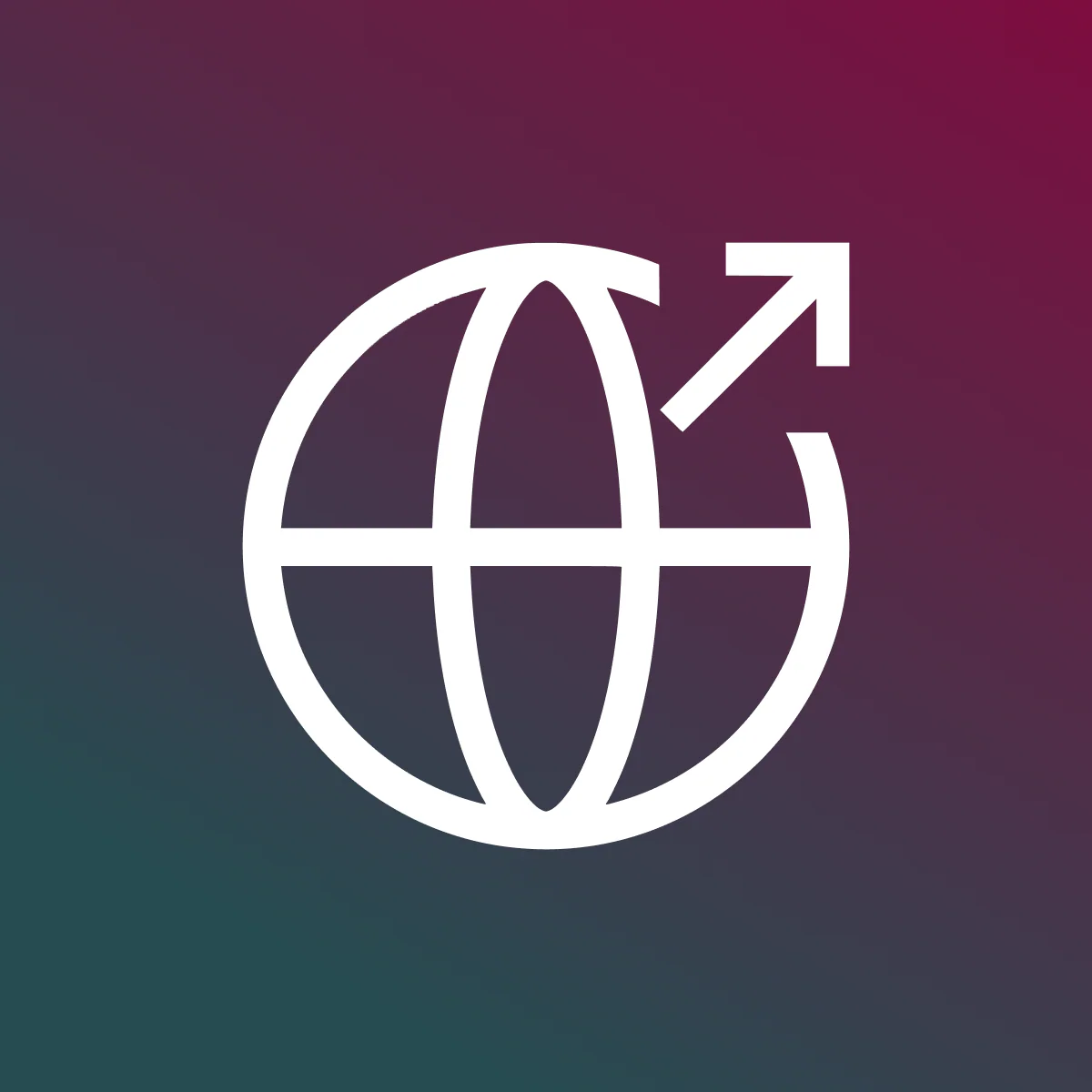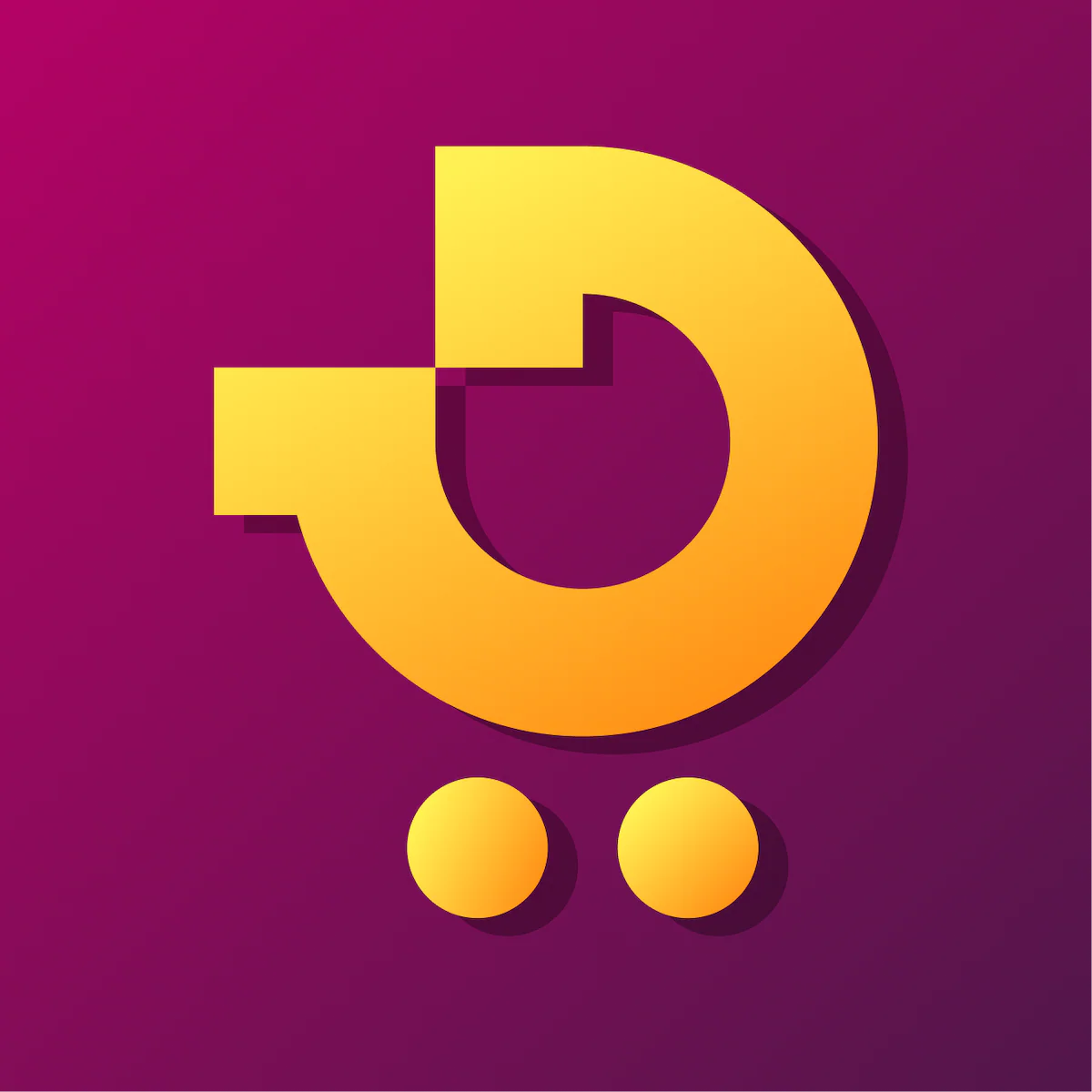Multilingual platforms and tools are indispensable for direct-to-consumer (DTC) brands aiming to cater to a global audience. These tools enable websites and e-commerce platforms to offer content in multiple languages, breaking down language barriers and making products accessible to a wider customer base. They range from automated translation services to comprehensive solutions that manage and optimize multilingual content.
The significance of these tools in the international e-commerce landscape is substantial. They allow DTC brands to connect with customers in their native languages, enhancing user experience and building trust. This localization is key in expanding market reach, improving customer engagement, and increasing conversion rates in non-English speaking regions.
Popular tools in this category include Weglot, known for its ease of integration and ability to seamlessly translate and display website content in multiple languages. Another notable tool is Shopify's own multilingual capabilities, which provide straightforward solutions for creating and managing multilingual storefronts. Additionally, Localize offers advanced features for website translation and localization management. By employing these multilingual platforms, DTC brands can effectively broaden their global presence, resonating with diverse audiences worldwide.
Want to unlock new growth opportunities? Try a new region! The only catch is that another region usually means a new language. But translating a full site is tricky - luckily, tools like Weglot & Langify make that super easy to do.


Orbe is a geolocation app for Shopify stores. Seamlessly integrating with Shopify Markets, multiple expansion stores or Global-e setups, Orbe automatically detects customers' IP locations and browser languages. It then recommends the appropriate version of your store through customizable welcome popups in multiple languages, ensuring a personalized local shopping experience. This helps merchants display the right products, prices, language, and currency by country, ultimately boosting international sales.


Mobile apps built for your Superfans. Your best customers deserve more than just an average experience. Superfans.io builds mobile apps that give your best customers the treatment they actually deserve — VIP access, tease windows, dynamic screens, app-only exclusives, and loyalty perks that make them stay. No success fees and no gated features. One plan with all features and unlimited scale that's built for customers who matter most. Superfans.io integrates deeply with your entire tech stack to turn launches into exclusive experiences that are controlled, personal, and unforgettable.


Shopify is a commerce platform that allows anyone to set up an online store and sell their products. It's the go-to eCommerce platform for young direct-to-consumer brands. Its ease of use and setup is what's most attractive to merchants, but also the incredibly vast Shopify app store.

Weglot is a powerful website translation platform that allows businesses to quickly and seamlessly create multilingual websites. With automatic translation, easy content management, and compatibility with all major CMS platforms, Weglot helps improve global reach without the need for coding. It’s trusted by thousands of brands to deliver fast, accurate, and SEO-friendly translations.

langify enables your Shopify store to support multiple languages, allowing you to translate your store’s content effortlessly. Provide a localized shopping experience for international customers by translating product descriptions, pages, and other content. Expand your global reach and improve customer satisfaction with langify’s easy-to-use translation tools.

Transcy enables your Shopify store to reach a global audience by providing seamless content translation and multi-currency support. Easily translate product descriptions, pages, and other store content into multiple languages while offering customers prices in their local currency. Expand your international presence and improve the shopping experience for diverse customers with Transcy.

GLO Related Products, Upsell by Globo is a Shopify app that boosts average order value with flexible product recommendations and upsells. It offers features like “frequently bought together,” handpicked suggestions, and related items based on tags, vendor, or collection. Widgets can appear on product, collection, cart, search, home, checkout, or thank-you pages. It supports automatic discounts, multiple display styles (grid, line, Amazon-style), and recently viewed tracking. There’s a free plan with basic related product widgets, and a Pro plan ($9.90/month or ~$89/year) with full features. It supports English, French, German, and Japanese, and integrates well with most Shopify themes and Shopify Checkout & Customer Accounts.

Captain Shipping Protection lets Shopify merchants run their own shipping protection program without turning to an insurance company. You set the price and rules, handle claims in a merchant-only dashboard, and keep all the fees. It offers widgets for carts and, on Shopify Plus, checkout; works with all recent Shopify themes; supports multiple languages and currencies. No theme code is required. Plans start at about $11/month, with a higher-tier $49/month option for Plus merchants. Key coverage options include lost, stolen, or damaged packages. The app includes analytics, conversion tools, and an auto-translate feature. It is not an insurance underwriter.

SmartBot by BestChat is a Shopify-native chatbot that automates sales and support with 24/7 AI-driven responses. It learns from your store’s products, orders, policies, and files to deliver accurate answers and tailored product suggestions. It supports live agent handoff via WhatsApp and email when needed. SmartBot offers features such as rules-based workflows, product highlight extraction, upselling, multilingual support, and multiple currencies. Pricing starts at around $30/month, scaling by features like number of products, concurrency, branding removal, and enterprise needs. It integrates directly in Shopify admin, works with modern themes, and has strong reviews for boosting conversion and reducing support load.

Opus Cart Upsell Cart Drawer is a Shopify app that turns your cart into a tool for boosting sales without disrupting the shopping flow. It offers slide-out and sticky cart functionality, upsells, cross-sells, free gifts, rewards, countdown timers, announcement banners, free-shipping bars, discounts, notes, and express payment options. Merchants can customize what customers see based on location, device, language, or cart value. It supports multiple currencies and languages (English, Chinese Simplified, French, Spanish, Japanese). There is a free plan with essential features; paid plans add advanced rewards, abandoned cart analytics, more customization, priority support, and branding removal. The app works with modern Shopify themes and integrates with popular tools like page builders and subscription apps.

AOV.ai (by Avada) is an AI-driven Shopify suite offering tools to increase average order value. It includes apps for free-gifts, bundle & volume discounts, and post-purchase upsells. Merchants can run campaigns across pre-purchase, in-cart, and post-checkout using gift thresholds, “buy-X-get-Y” deals, mix-and-match bundles, and “frequently bought together” product suggestions. It comes with templates, widgets, built-in analytics, multilingual support, and customizable UI. Support is available via live chat and 24/7 expert help. The service claims over 20,000 merchants use it and reports typical AOV lifts of ~30%. Several case studies show increases between 20-40% when using its Free Gift campaigns.

Boost AI Search & Discovery is a Shopify app used by over 14,000 stores. It improves how customers find and buy your products. You get smarter search that understands buyer intent, tolerates typos, uses synonyms, and supports partial and numeric queries. You can build advanced filters using tags and metafields, manage merchandising with pin, hide, boost, and promote rules, and show personalized recommendations and predictive bundles. It supports multiple languages, currencies, and stores through Shopify Markets. Analytics include search term trends, product and widget performance, and conversion metrics. Setup is quick with no coding. A 14-day free trial is available.

Atlas: AI Store Builder is a Shopify app that builds full store setups in seconds using just a product link. It creates product, home, FAQ, contact, About, and policy pages automatically. It includes a premium, conversion-focused theme with 30+ modular sections, mobile-optimized design, and supports in-cart upsells, bundling logic, urgency blocks, and AI-enhanced product photos. Atlas also generates sales-focused copy and integrates with apps like AliExpress, Zendrop, Judge.me, currency converters, and GDPR tools. Its multilingual support spans many languages. There are free and paid plans (starting around $29/month) depending on features and usage.

Jotly Size Charts & Size Guide is a Built for Shopify app by Jotly that adds clear, customizable size charts and fit guides directly from your Shopify admin. It helps shoppers find the right fit, reducing returns and lifting add to cart and conversion by removing sizing uncertainty. Setup is no code and live in minutes, with a lightweight embed that has zero impact on store speed, matches your theme, is fully responsive on mobile and desktop, and meets Built for Shopify quality standards. Create rich guides with tabs and multiple tables, images alongside measurement instructions, a drag and drop editor with templates, Excel import and export, and advanced styling via custom CSS and HTML. Serve global shoppers with multilingual charts and automatic unit conversion, assign guides to products, collections, tags, or vendors, and optimize sizing UX with built-in engagement and add to cart analytics covering views, clicks, conversion rates, and mobile versus desktop performance, all backed by a support portal, tutorials, FAQs, documentation, email support, and a demo store.

Hextom Translate & Currency enables your Shopify store to reach a global audience by providing seamless content translation and multi-currency support. Easily translate product descriptions, pages, and other store content into multiple languages while offering customers prices in their local currency. Expand your international presence and improve the shopping experience for diverse customers with Hextom Translate & Currency.

Langwill Translator allows your Shopify store to reach a global audience by providing seamless content translation into multiple languages. Easily translate product descriptions, pages, and other store content to cater to international customers. Enhance your store’s accessibility and improve the shopping experience for a diverse customer base with Langwill Translator.

LangShop Translator allows your Shopify store to support multiple languages, enabling seamless content translation and multi-currency support. Easily translate product descriptions, pages, and other store content into multiple languages while offering customers prices in their local currency. Expand your global reach and improve the shopping experience for diverse customers with LangShop Translator’s comprehensive translation tools.

T Lab Translator enables your Shopify store to reach a global audience by providing seamless content translation into multiple languages. Easily translate product descriptions, pages, and other store content to cater to international customers. Enhance your store’s accessibility and improve the shopping experience for a diverse customer base.

Transtore Translator allows your Shopify store to reach a global audience by providing seamless content translation and multi-currency support. Easily translate product descriptions, pages, and other store content into multiple languages, while offering customers prices in their local currency. Expand your international presence and improve the shopping experience for diverse customers with Transtore Translator.